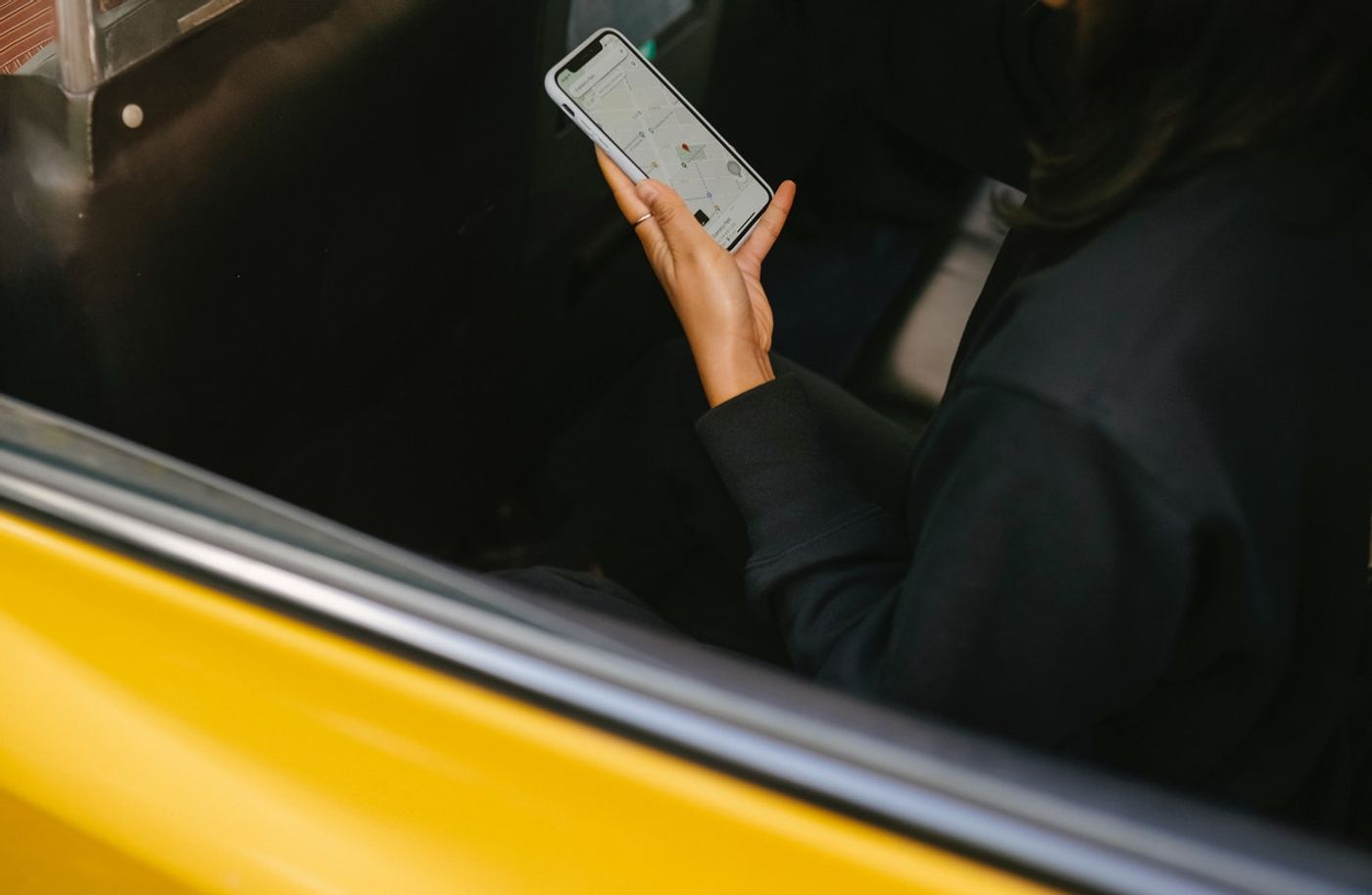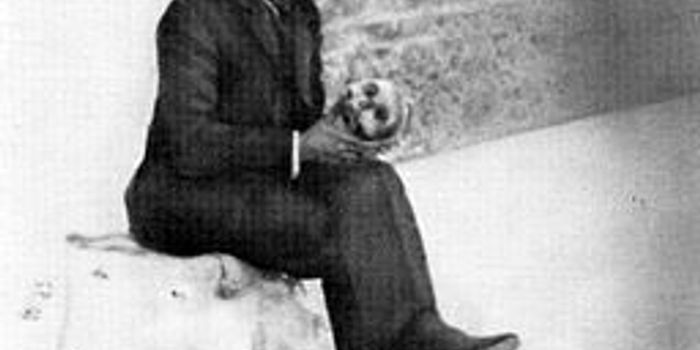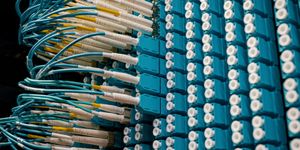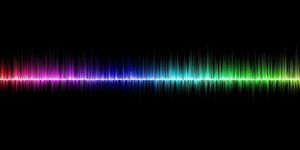Smartphone Device Uses CRISPR to Check for COVID
Quick, portable, and ultrasensitive—a new smartphone test for COVID-19 checks all the boxes needed to get a handle on pandemic control efforts. This is a departure from the lab-based RT-PCR assays that detect viral genomic material in nose or throat swabs that currently represent the gold standard.
The study, published in Science Advances, details how scientists leveraged CRISPR technology to develop the new point-of-care diagnostic device. “This test addresses the critical needs for a rapid, ultrasensitive COVID-19 diagnosis along with effective large-scale screening efforts,” said author Tony Hu, from Tulane University School of Medicine.
This innovation uses CRISPR/Cas12a to enhance the signal from viral RNA after stimulation by a laser diode that sits within a smartphone-based readout device. Results are produced in as little as 15 minutes. In the study, the device was found to be more sensitive than the RT-PCR reference assay. Unlike its lab-based counterpart, the device saved time by doing away with the RNA isolation step. It was also able to sensitively detect SARS-CoV-2 in saliva, which could mean an end to nasal swabs that can be uncomfortable for some patients.
The device joins an ever-growing list of CRISPR-based diagnostic technologies that have emerged in recent years. CRISPR’s remarkable ability to edit and cleave DNA makes it particularly well-suited for its application in diagnosing viral, bacterial, and even non-infectious diseases such as cancer. Several diagnostic tests that use the Cas12 and Cas13 CRISPR enzymes have already been put to the test as COVID-19 tests. Promisingly, these CRISPR diagnostic systems require readily-available reagents and can be used in paper-based lateral flow assays (similar to over-the-counter pregnancy tests), slashing both laboratory and patient costs significantly.
“Our development can quickly identify patients who have the virus, which is required to help address the ongoing threat to public health worldwide,” commented Hu.
Ultimately, the true value of the technology lies in how easy it is to use. “The sensitivity and simplicity of this test, its straightforward sample collection procedure, and the inexpensive nature of the readout device should permit the rapid translation of this approach to COVID-19 testing efforts once we obtain FDA approval,” Hu says.
Sources: Science Advances, Tulane University,
-
APR 30, 2024Immuno-Oncology Virtual Event Series 2024
-
MAY 07, 20243rd International Biosecurity Virtual Symposium
-
SEP 03, 2024Microbiology Week Virtual Event Series 2024
- See More


















































